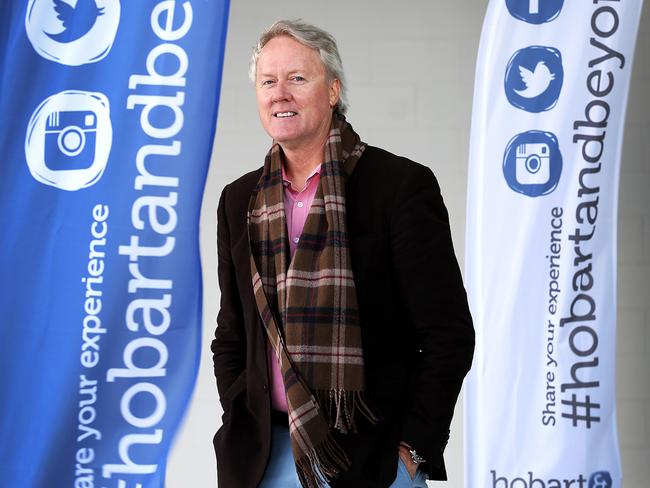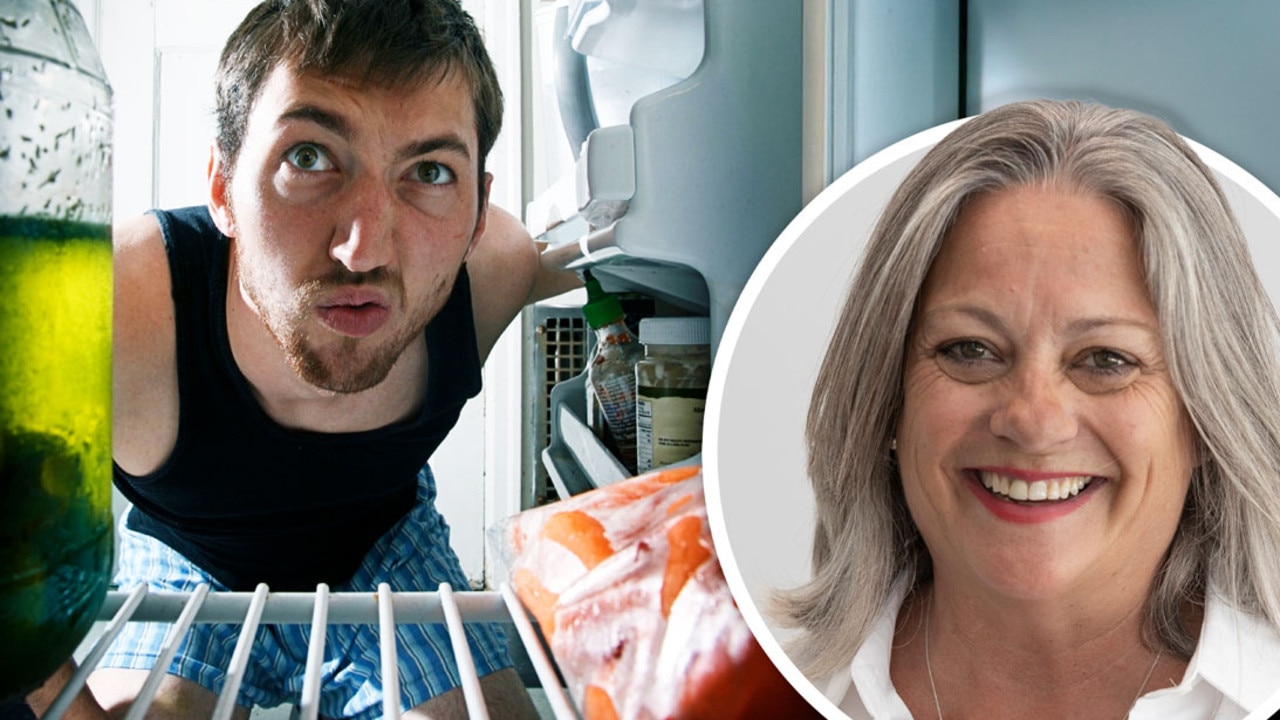Smart marketing targets travellers who treasure our state
JOHN FITZGERALD: Campaigns aim to disperse benefits, not encourage mass tourism

Opinion
Don't miss out on the headlines from Opinion. Followed categories will be added to My News.
FOR the past five years, I’ve had the privilege of leading our state’s tourism marketing team. Our team has been entrusted with telling our collective story, promoting something we all hold dear — our home.
We love our state and want to share that deep connection with others who will be enriched by what our island has to offer. As our community starts to discuss the impact of tourism in Tasmania, it’s important the conversation is informed by facts.
The objective of Tasmania’s destination marketing strategy is not one of mass tourism. It never has been, nor will it ever be. Tasmania is not a destination which seeks nor suits mass tourism.
Tourism Tasmania targets a discrete subsection of the travelling leisure market through its marketing tools and campaigns. This market is informed heavily by research and insights about the types of customers who will suit the experiences our island has to offer.
These travellers seek enrichment and are more inclined to treasure our state and its assets, stay longer and invest more in our community.
A science sits behind how we identify these travellers and reach out to them. And this strategy is working. The latest figures released by our Tasmanian Visitor Survey show us that while overall visitor growth has been modest — just 2 per cent in 12 months, total visitor expenditure increased by 7 per cent, and average spend per night increased by 7 per cent.
So while our visitor numbers are growing steadily, those coming are spending more.
We know January is our busiest time, when places like Hobart are abuzz with events and visitors. While many people enjoy the vibrancy, for others it can seem like too many people in a place at the one time.
This can lead some to conclude Tasmania may be suffering from “over-tourism”. But our research shows these effects are not so much a result of mass tourism but simply of too many travellers descending on an attraction at a particular time.
We recognise this can affect the quality of the experience not only for visitors, but also for locals. This requires a co-ordinated approach to manage the flow of visitors and entice them to spread out across our regions — for their benefit and ours.
For example, if we could encourage more accommodation to develop on the East Coast, there may be fewer people making day trips to Freycinet and visiting Wineglass Bay between 11am and 2pm. This would enhance the experience and lessen stress on the site and locals.
At the same time, the economic contribution in the region could be maintained or even improved. The issues are not so much about too many tourists as they are about timing and movement of travellers once they are here.
Destinations rarely get the demand and supply curves aligned at exactly the same time and Tasmania is no exception. This is why government and industry are working on a plan to manage tourism growth in “hot spots”.
This plan will also help guide future product and experience development in areas not attracting as many visitors. It’s important to recognise there are many areas heavily reliant on tourism to provide jobs and economic activity.
Some of these towns are frustrated by a lack of growth in visitation. This is why we are planning for the next four years and beyond, to foster and support our visitor economy.
The success of our visitor economy also drives improvements for Tasmanians, through upgrades to roads, services and the creation of new opportunities.
A great example is Virgin Australia’s recent announcement of a new direct flight between Hobart and Perth. The excitement this created among Tasmanians was huge as they welcomed being able to explore a new destination more easily and be better connected with friends and family in the west.
Now is not the time to be sending a message to our potential travellers that they’re not welcome. New data delivered through our brand health research tools show us Tasmania has surpassed Queensland to become the most appealing destination in Australia.
The research also shows we are the least negatively talked about of all Australian states and New Zealand. We cannot allow this positivity to be overshadowed by commentary not grounded in fact.
Sustainable tourism growth, particularly based on increased value and a better regional spread, matched with well-planned infrastructure and co-ordinated product development, is the answer. In partnership with industry, Tasmania has a plan to achieve that.
John Fitzgerald is chief executive of Tourism Tasmania, a member of the Premier’s Visitor Economy Advisory Council and chair of the T21 Steering Committee.


